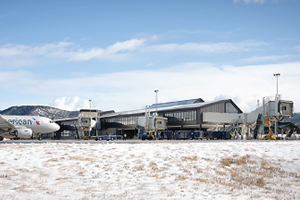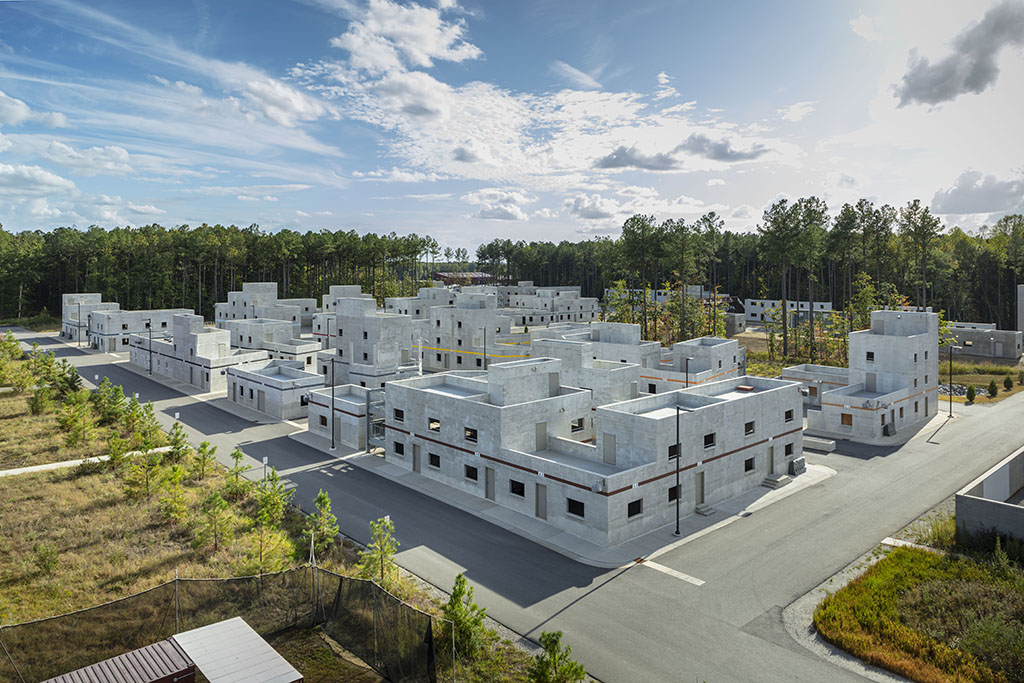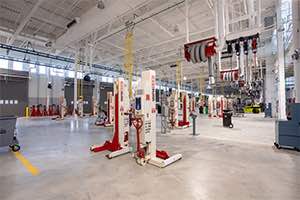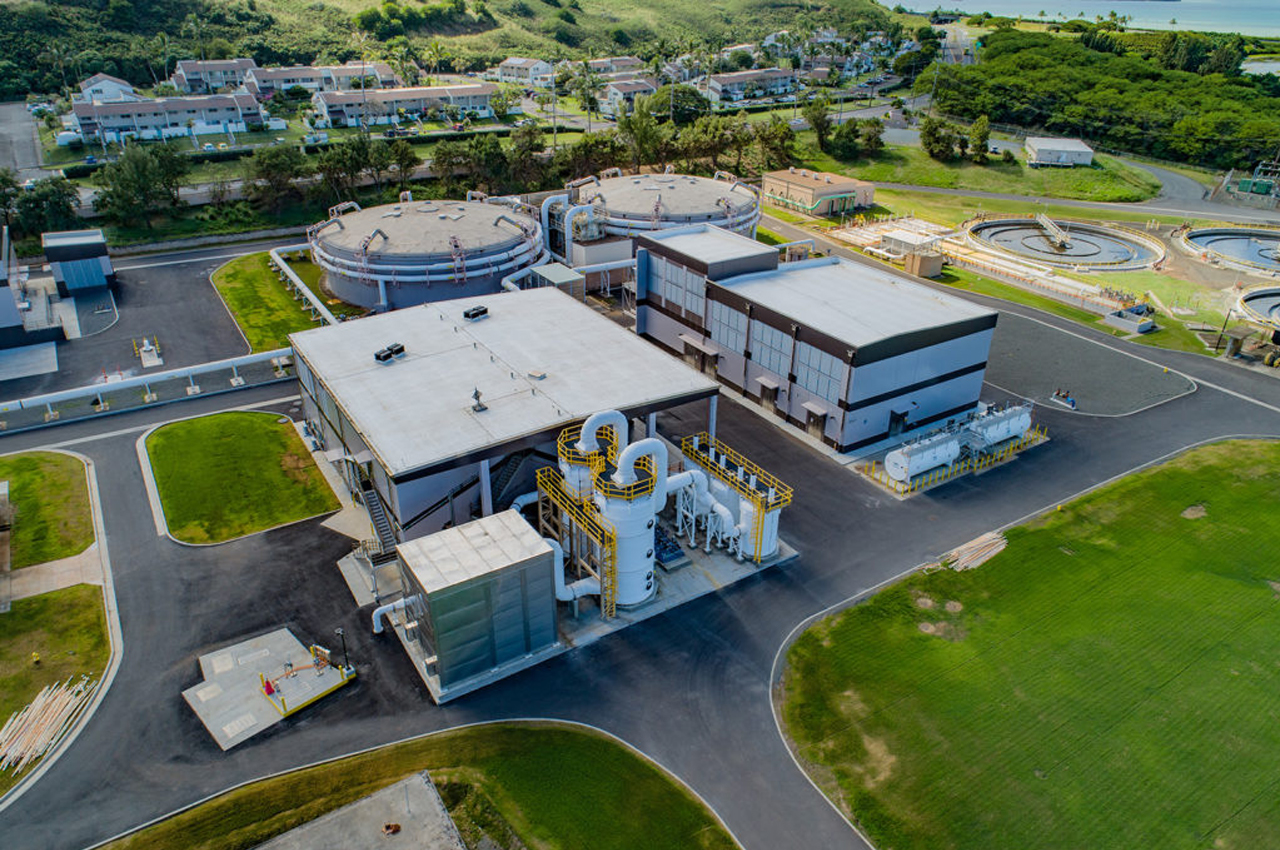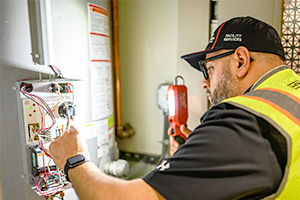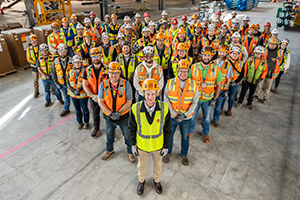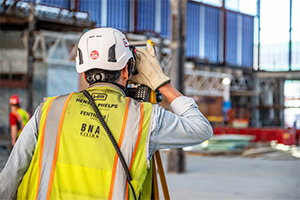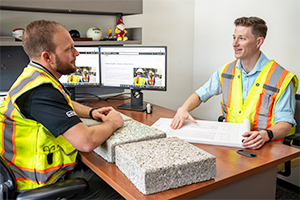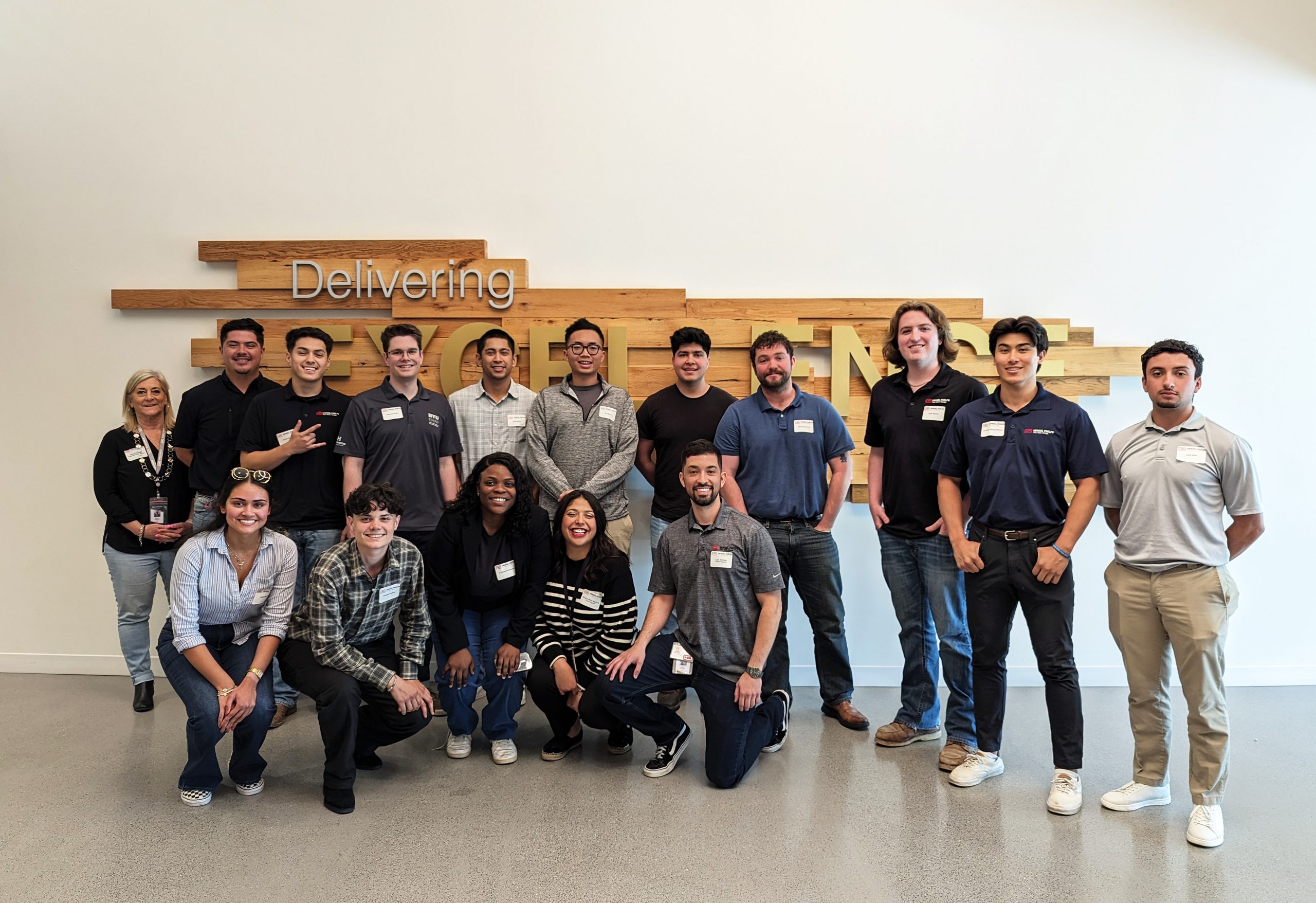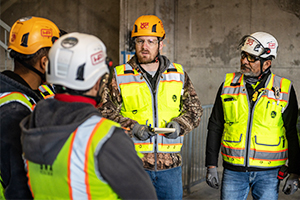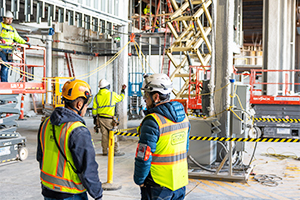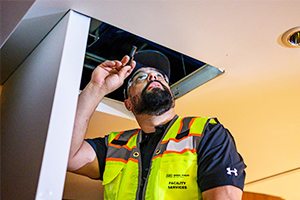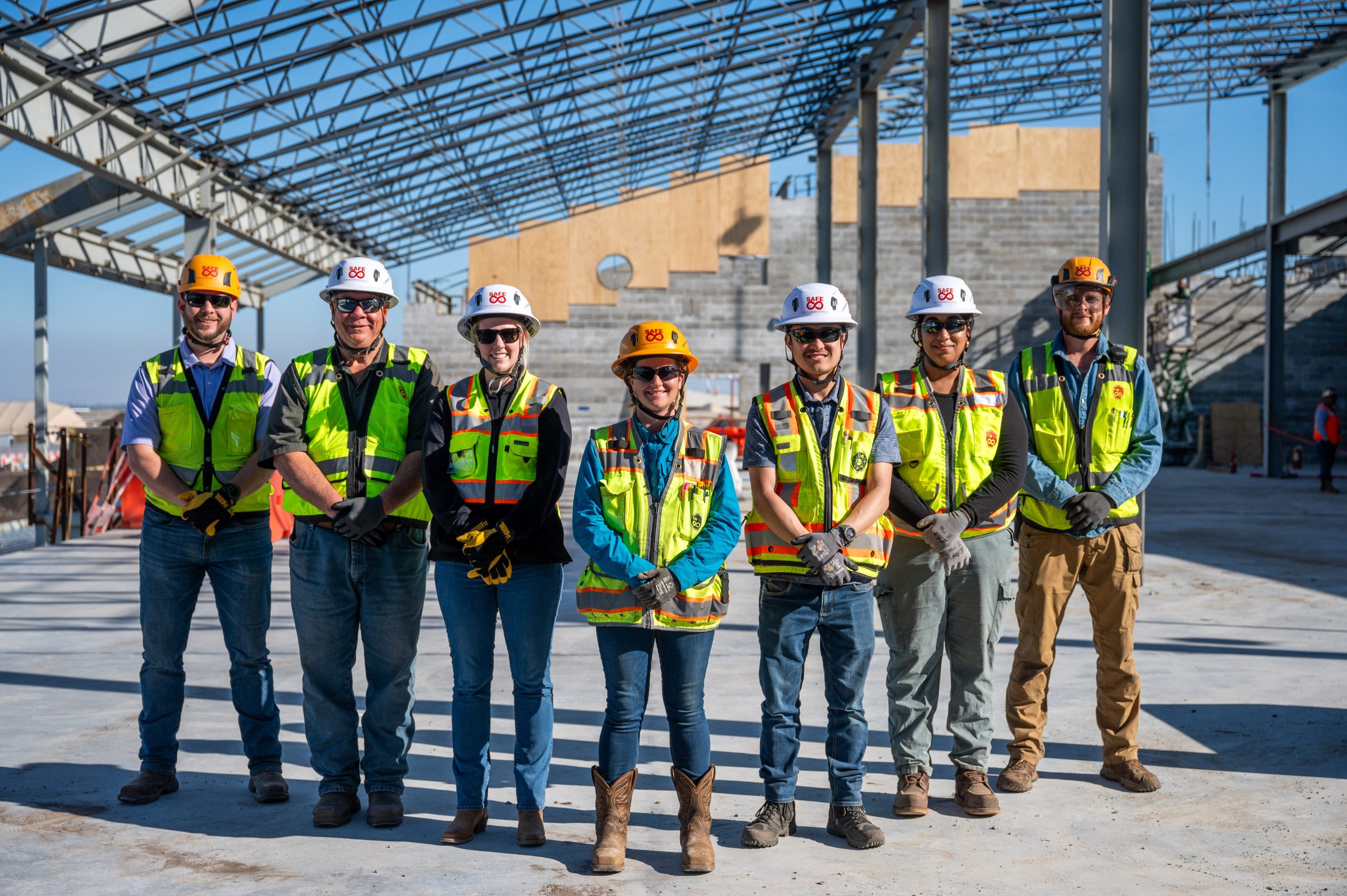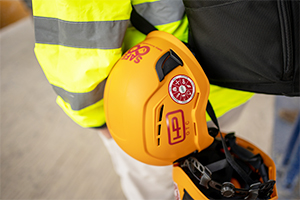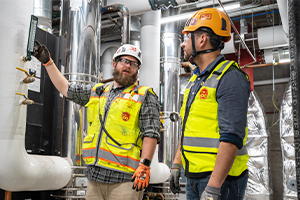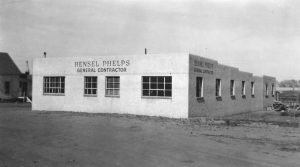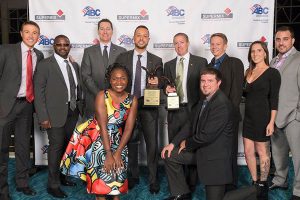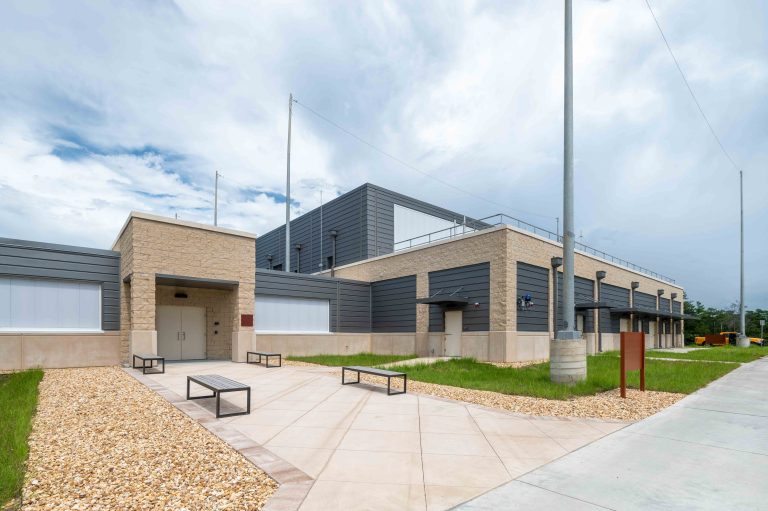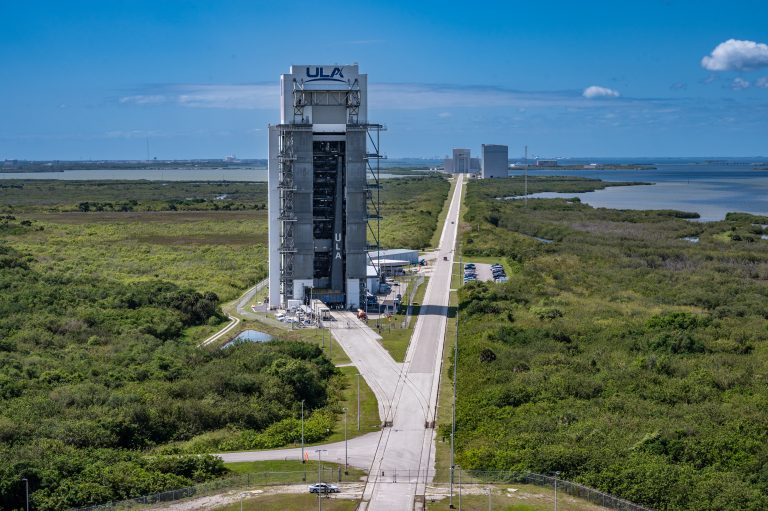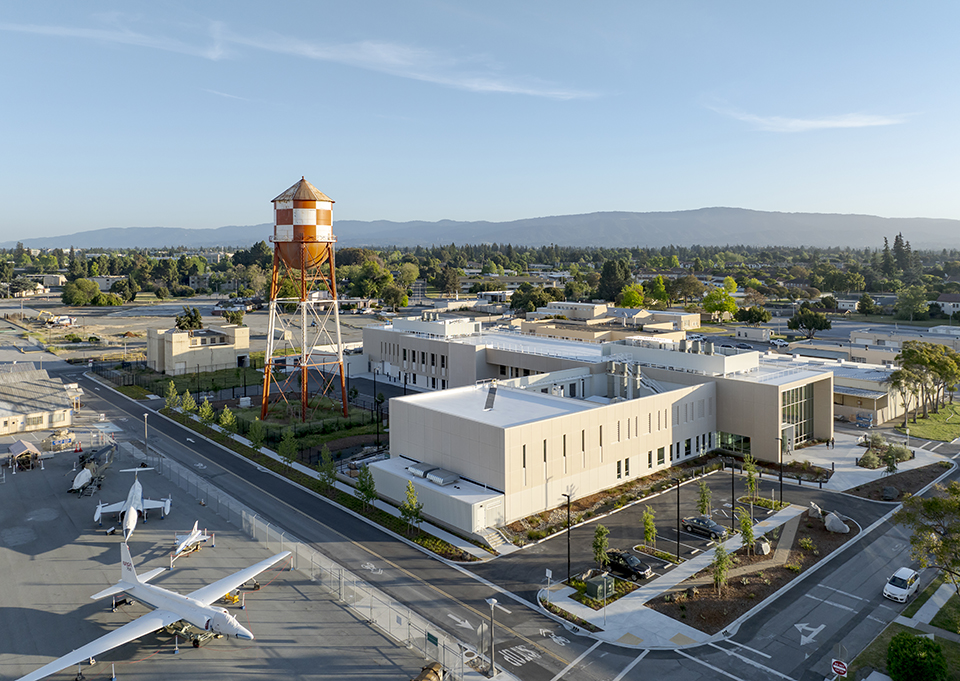About the Project
The NASA Mobile Launcher (ML) is designed to support the next generation of manned space exploration and the program’s rocket and associated ground support equipment. It is used in the assembly, testing and servicing areas at existing Kennedy Space Center facilities, transporting space vehicles to launch pads over three miles away and providing ground support for launches. The ML’s basis of design was the Constellation Program’s Ares I rocket, but it can be used to launch both Government and commercial rockets.
The mobile launcher structure has a 133-foot by 158-foot base and a 406-foot-tall tower, weighing an impressive 6.8 million pounds. It was constructed 22 feet in the air on top of mount mechanisms that were built for the Apollo/Saturn programs and were transported by the existing Crawler Transporters built initially for those programs.
The Mobile Launcher contains two main components, the first being the Mobile Launcher Base (MLB), containing the main support structure with a base, tower, launch mounts and facility ground systems that include power, communications, conditioned air, water for cooling, wash-down, elevators and ignition over-pressure protection. The second component, the Mobile Launch Tower (MLT), consists of multiple platforms for personnel access and rocket umbilical systems. In addition, there is a removable launch mount that is the integration point for the rocket to the base—a highly precise piece of hardware that is fitted to the space vehicle being launched.
Challenge
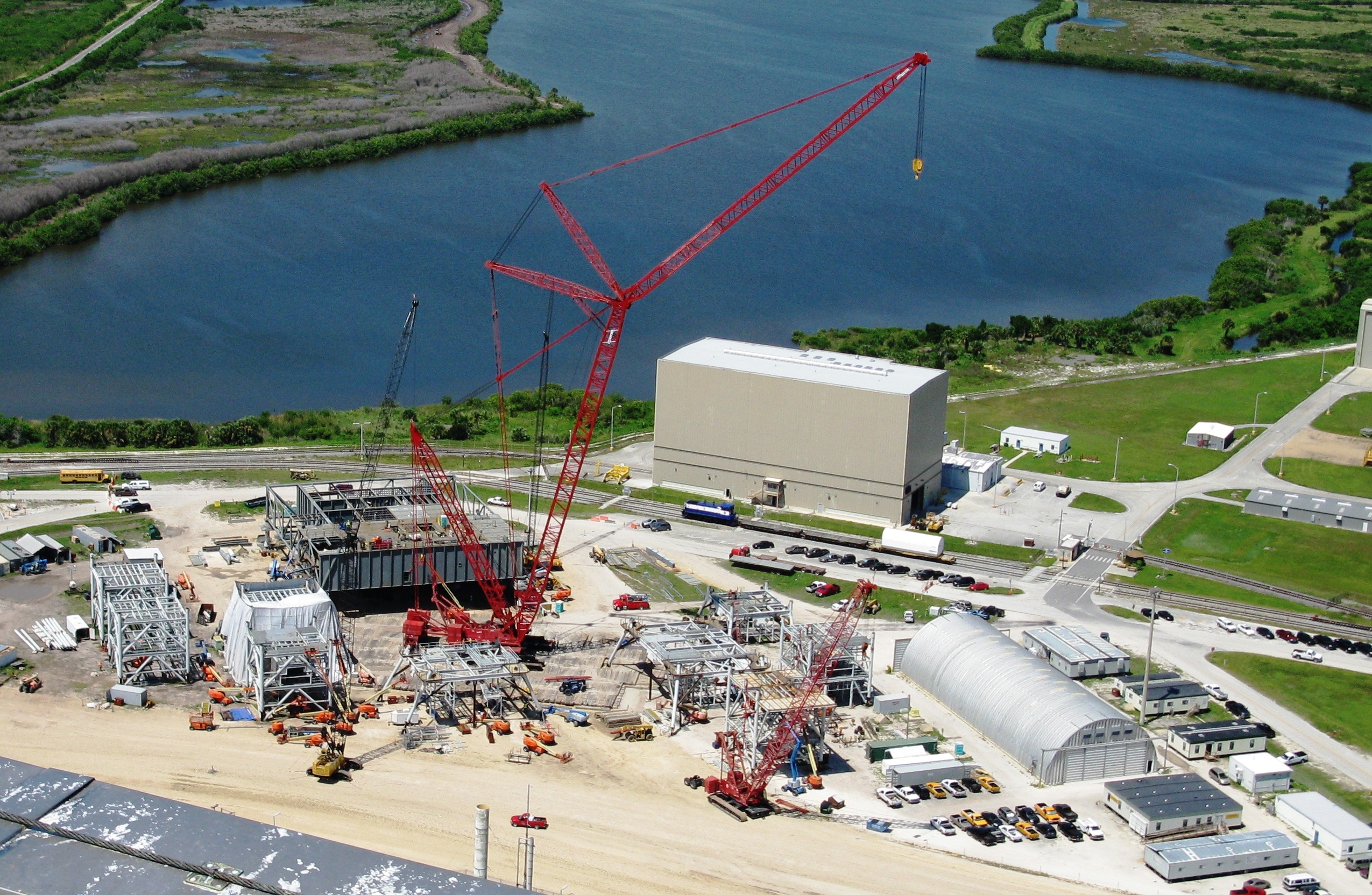
Management of Tolerances
The MLB and each of the 10 MLT tiers were constructed separately (each weighed between 150,000 and 360,000 pounds) and then assembled into one structure. The result was essentially 11 individual sub-projects, requiring management of tolerances between each tier and between the tiers and the base, that had to be seamlessly integrated for a completely cohesive structure. Many facets of fabrication, erection, and modification were conducted using stringent tolerances that exceeded industry standards.
Solution
Enhanced Inspection Process
To ensure the accuracy of tolerances to the high level of quality demanded by this project, Hensel Phelps maintained on staff an employee with both ASNT Level III (RT, MT and PT) and AWS-CWI credentials, who oversaw the fabrication and inspection of the project to pre-requisites that are customarily reserved for ASME VIII Pressure Vessels. In addition to the typical visual inspections of material configurations/dimensions, personnel qualifications, joint fit-ups and welding processes, Hensel Phelps verified product composition and managed non-destructive inspections in accordance with acceptance criteria far more stringent than industry standards.
Along with coordinating tolerances to ensure proper fit-ups between each tier, tolerances of less than a ¼” were required for the project. These strict tolerances are especially accurate for the fabrication and construction of the two Mobile Launcher launch mounts. The two launch mounts are independent and removable structures. Their interface receptacles connect to the bottom of the launch mount and provide lateral support for the launch mount connected to the Mobile Launcher.
Another critical interface with tight tolerances was the top plate of the aft skirt haunches—part of the launch mount that was intended for the Ares I rocket to sit on top of. To achieve the required level of strict tolerance and to meet critical tolerance for flatness and planarity with other support interfaces, Hensel Phelps utilized laser dimensional metrology in support of the machining process.
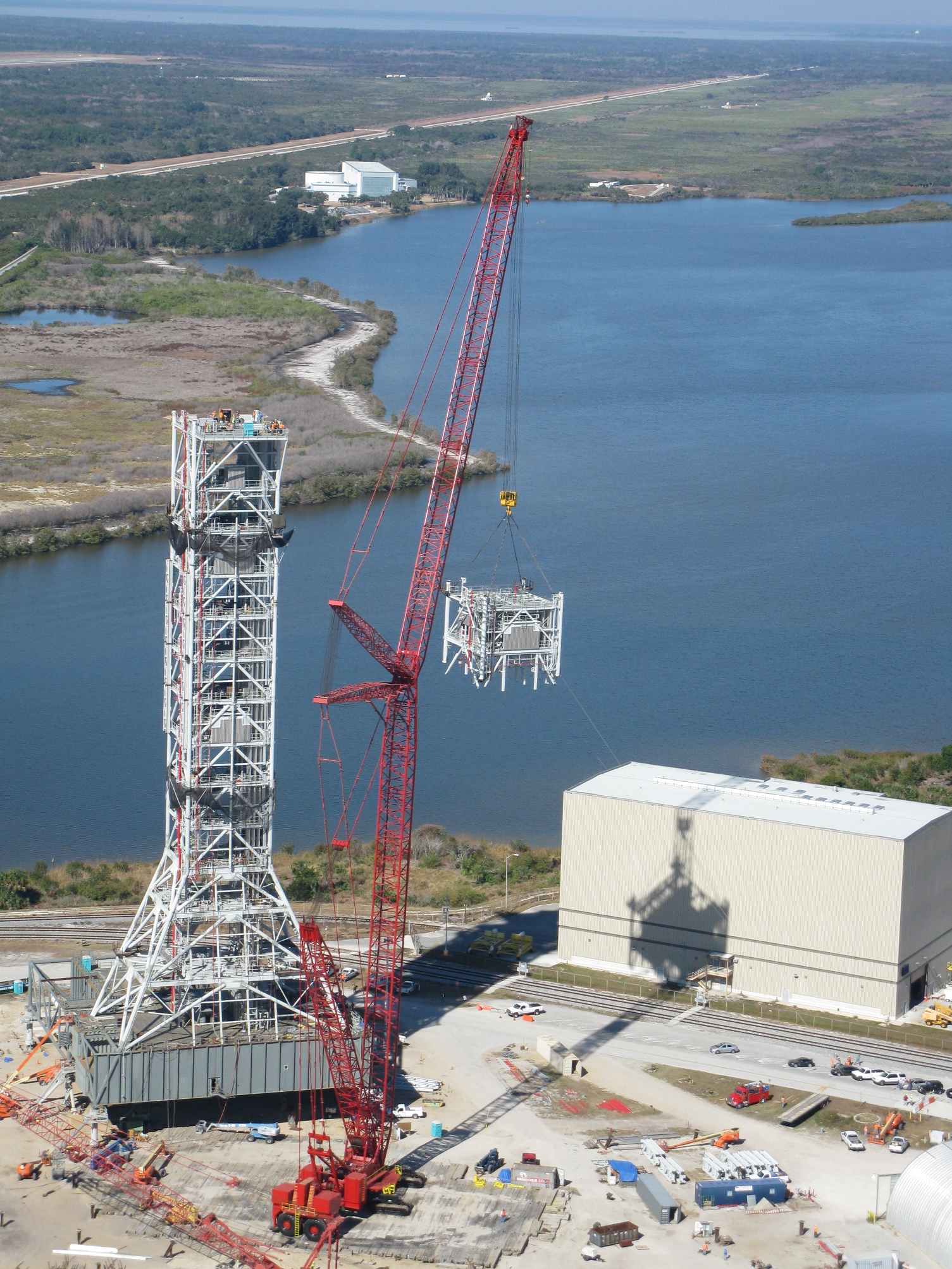
Result
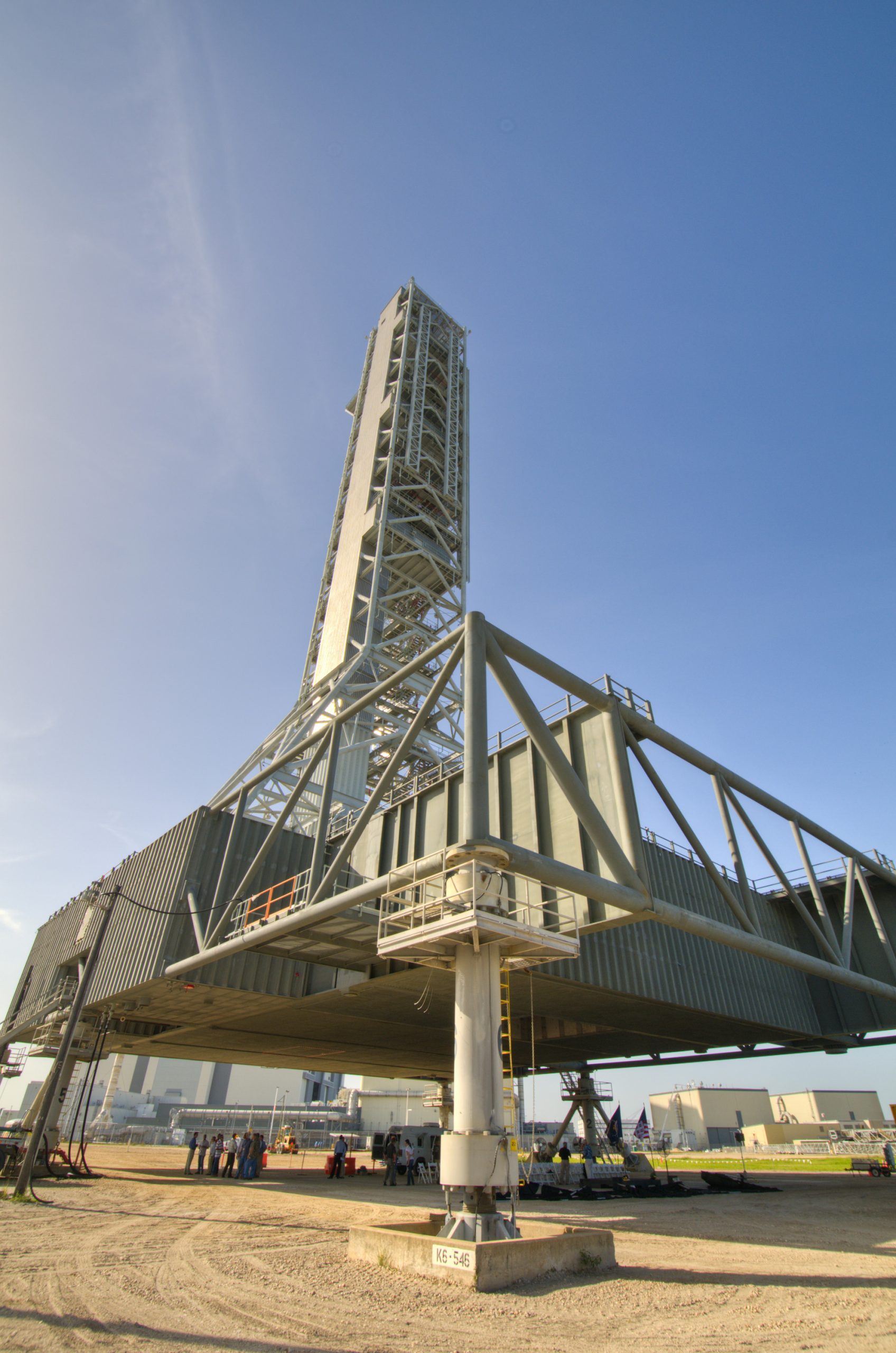
An Exceptional Project
Hensel Phelps delivered an exceptional project that met all tolerance requirements, as evidenced by a measured repair rate of <1%.



